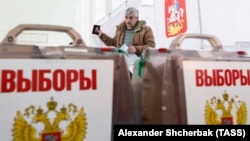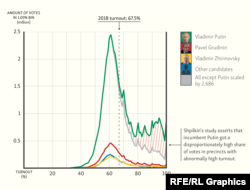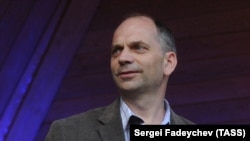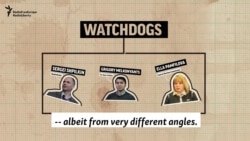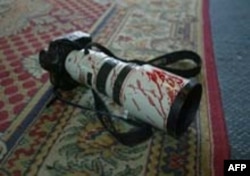
Russia’s government has added the German Marshall Fund of the United States to its list of foreign entities whose activities are deemed "undesirable" in the country.
"The Russian Justice Ministry has added the German Marshall Fund of the United States (GMF) to the list of foreign and international nongovernmental organizations, whose operation has been recognized as undesirable on Russian territory," the ministry said on March 21.
It did not specify why the U.S.-based think tank, which does not have offices or staff in Russia, had been added to the list.
The ministry issued its standard statement when barring organizations that referred to "measures against individuals involved in the violation of basic human rights and freedoms" and on a decision by a deputy prosecutor-general.
The German Marshall Fund said it had "not received any formal notification regarding this announcement."
"GMF’s work to strengthen transatlantic relations in support of the values of democracy, human rights, and rule of law will continue unabated," said the organization, which is based in Washington and has several offices in Europe.
Under a law signed by President Vladimir Putin in 2015 and widely criticized by rights groups, the government can brand foreign and international groups "undesirable organizations."
The legislation, which critics say is designed to prevent NGOs from promoting democratic institutions in Russia, enables the government to ban the organizations and launch criminal proceedings against Russian groups that work with them.
The Justice Ministry's list now names 14 "undesirable" organizations, including Open Russia, the National Endowment for Democracy, the Open Society Foundation, and the U.S. Russia Foundation for Economic Advancement and the Rule of Law.
Days ahead of Russia's March 18 presidential vote, the ministry blacklisted two European organizations involved in election monitoring -- Germany's European Platform for Democratic Elections and Lithuania's International Elections Study Center.




